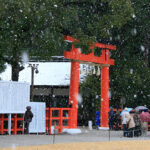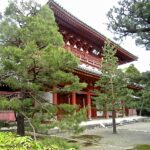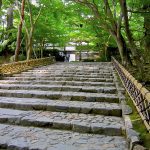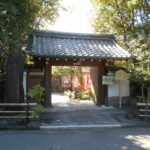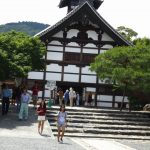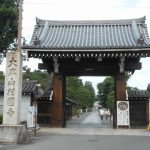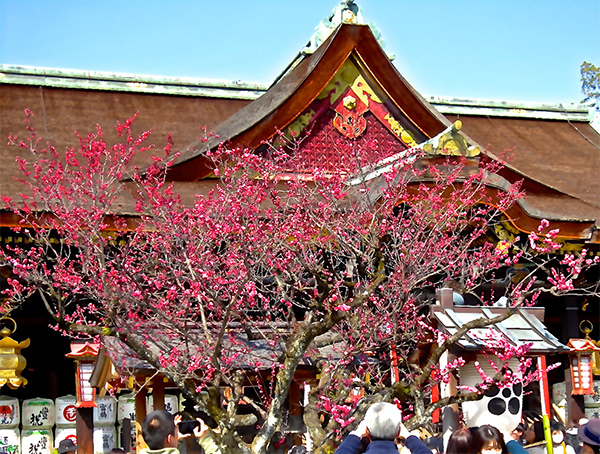
ページの目次
Kitano temman-gu Shrine 北野天満宮
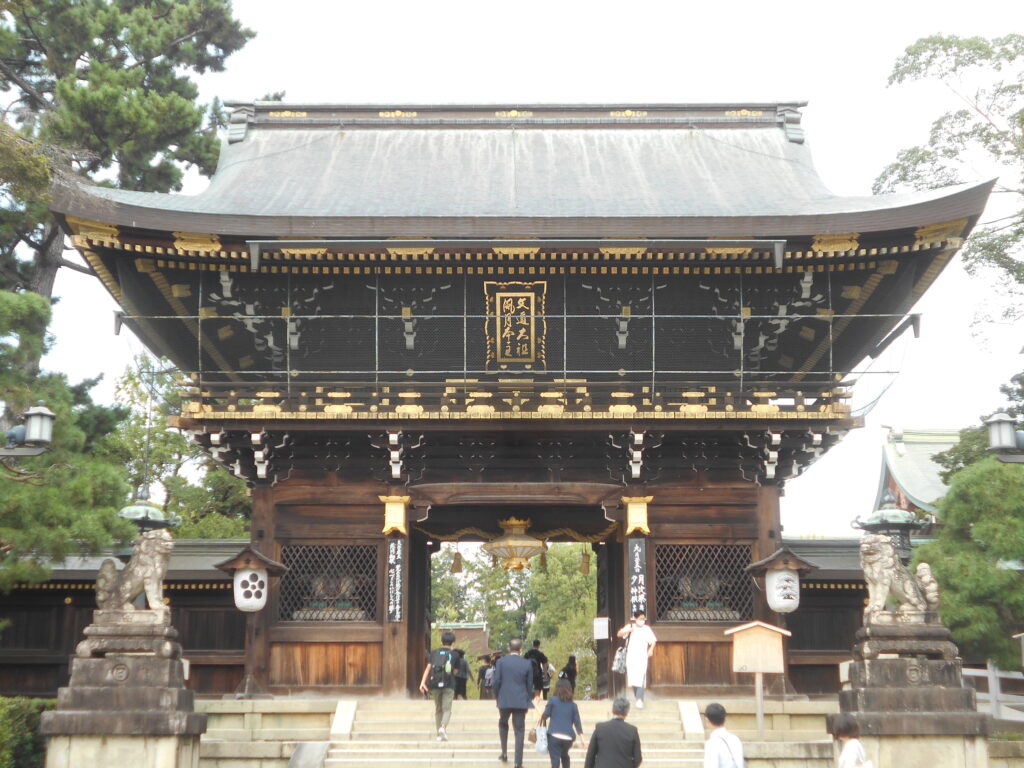
Location-Access
It is located at Kitano Area, down town near Nishijin Area in Kyoto.
It can take 45 minutes from Kyoto station to Kinugasa-mae bus stop by Kyoto city bus#50 and 10 minutes walking.
(この神社は下町西陣エリアの北野地区に位置する。
市バス系統50で京都駅から衣笠前まで、下車後10分徒歩で計45分要する。)
Map
Who was built this shrine?
- Michizane Sugawara, politicain /sholar is enshrined. He was actually very sadly died-exile to Dazai-fu because of slander etc. and died there, in 903.
(菅原道真が祀られている。彼は903年中傷のため、大宰府へ流されとても悲惨な死を遂げた)
- The present shrine was built to console the dead soul of Michizane. He is the only human being deified at a Japanese shrine. Why he is a noble man, worshiped as a god?
(現在の神社は道真の死後を祀るために創建された。彼は日本の神社で唯一人間を祀られた人です。一貴族であった道真公がなぜ祭神、神様となったか)
- After his death, several natural disasters such as earthquakes, thunder-storms, fire and floods happened and made heavy damages in Kyoto.
(彼の死後、地震、落雷、火事、洪水など多くの自然災害が起き、京都でも大きな被害があった。)
- People in Heian-kyo by this thunderbolt thought because of Michizane’s curse and worshiped him as a god to stop his curse.
(平安京の人々は、この落雷が道真の怨霊であり、怨いを鎮めるように神として祀った。)
- In 959, Morosuke Fijiwara, Udaijin or Minister of Right Side enlarged a small shrine to the present buildings.
(959年右大臣藤原師輔は小さな神社を現在の建物へ大きくした。)
What is this shrine famous for or merit?
Best wishes for passing the entrance exam. 合格祈願
-
- It is said that there are about 12,000 large and small Tenman-gu shrines in Japan.
(全国に1万2000社ある天神社、天満宮の総本社である。)
- Nowdays, many student who wish to take the entrance exam. of university visit and pray for a success in passing the exam. by favor of Sugawara’s scholastic merit.
(今日、大学入試で合格祈願の多くの学生が参拝し、道長公の学問のご利益を授かろうとしている)
Nade-gyu なで牛
- Michizene loved plum blossoms and cows. In this shrine, you can see many beautiful plum blossoms and cow statues.
(道真公は梅と牛に愛されている。この神社では、多くの綺麗な梅と牛の像を見れる。)
- It is said that cows are priest at tenman-gu and you stroke your head to improve your head.
(牛は天満宮では神使であるが、頭を撫でると頭が良くなると言われている。)
Momoyama culture sculpture 桃山文化の彫刻
- There are the Main Sanctuary, Oratory, Centarl gate and Treasure House as the Important cultural properties. They are also typical examples of architectures in the Momoyama period.
(主な本殿、拝殿、中央鳥居、宝物殿が重要文化財として安置されている。 これらは桃山時代の建築様式である。)
Baika-sai or Plum Blossom Festival 梅花祭
- Every year on Feb. 25th , a grand festival to commemorate Sugawara’s sprit is held at shrine. The festival is called Baika-sai or Plum Blossom Festival, as Sugawara especially loved the Japanese plum. He wrote many poems about the plum.
(毎年2月25日、道真公の考えを記念する祭でもある。その祭は梅花祭と呼ばれ、道真公が日本の梅を愛していたからで、詠にも多く歌われている。)
- There are a huge plum orchard with about 2000 plum trees of 5000 different kinds.
(500種の2000本の梅の木がある大きな果樹園がある。)
-
Procession carrying tea jar お茶壷奉納祭
- Every year on Nov. 26th, the event which we visit this shrine is so-called “Tea ceremony which is offered to this shrine.
(毎年11月26日、この寺を訪れる今日のイベントはいわゆる“お茶壷奉納祭”と呼ばれる)
- A unique procession from 1st Tori Gate to main sanctuary , carrying Tea-urn by white-dressed people.
A formal Tea ceremony performed by Master of tea ceremony of Sect.
(第一鳥居から主な神聖な場所へ白装束を身に着けた人により、お茶壺を運搬する独特な行列である。正式なお茶壺祭は茶道マスターで行われる。)
